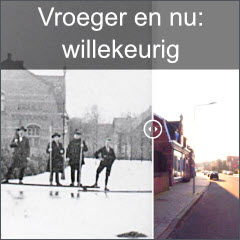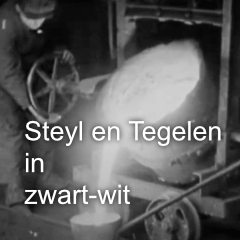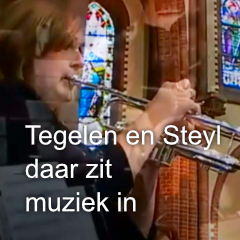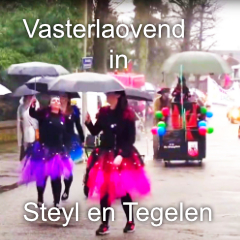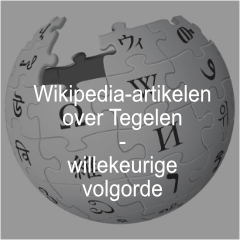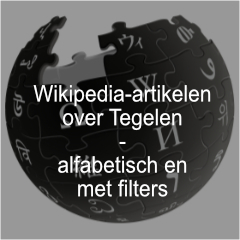Gebruiker:Ronny MG/Kladblok: verschil tussen versies
Verwijderde inhoud Toegevoegde inhoud
Geen bewerkingssamenvatting |
Labels: Leeghalen Handmatige ongedaanmaking |
||
| Regel 1: | Regel 1: | ||
Onder meer Runnegar (1982) beschouwde ''Dickinsonia'' als een [[ringwormen|Annelide worm]] (rijk Animalia, onderrijk Eumetazoa, superstam [[Lophotrochozoa]], stam [[ringwormen|Annelida]]) met de interpretatie van de middellijn als een 'darm' die een 'mond' in het deltoidaal gebied (de AMU of 'voorste' module) met een '[[Anus (anatomie)|anus]]' in het antideltoidaal gebied (de 'achterkant' of ''posterior'') verbond. Onderzoek op honderden fossielen door Retallack (2007) kon geen [[spijsvertering|spijsverteringsstelsel]] onderscheiden. Er is algemene consensus dat een [[spijsverteringskanaal]], mond, anus of ''periproct''<ref>Een ''periproct'' is het laatste [[Segmentatie (biologie)|lichaamssegment]] bij [[ringwormen]] ([[stam (biologie)|stam]] Annelida). De [[Anus (anatomie)|anus]] bevindt zich op dit segment.</ref> niet aanwezig waren bij ''Dickinsonia'' (bv. Bobrovskij, 2019). |
|||
A third view of Retallack [10, 42, 48] regards the deltoidal as an anterior holdfast, supporting an antideltoidal posterior axis, as in Ediacaran fronds such as Charnia (Figs 4F–4H). The deltoid may have originally been circular and the full width of the body (14), but the deltoid diminished in relative width with addition of terminal modules (Figs 4A–4E). This deltoid-holdfast interpretation explains antideltoidal tags and disrupted zones as sublethal interruption of terminal growth (Fig 2). |
|||
Dickinsonia rarely shows true segmentation of creases right across the body [41, 93], but commonly had a glide symmetry of modules alternating along a midline [16, 98], including divergent paired antideltoidal tags |
|||
